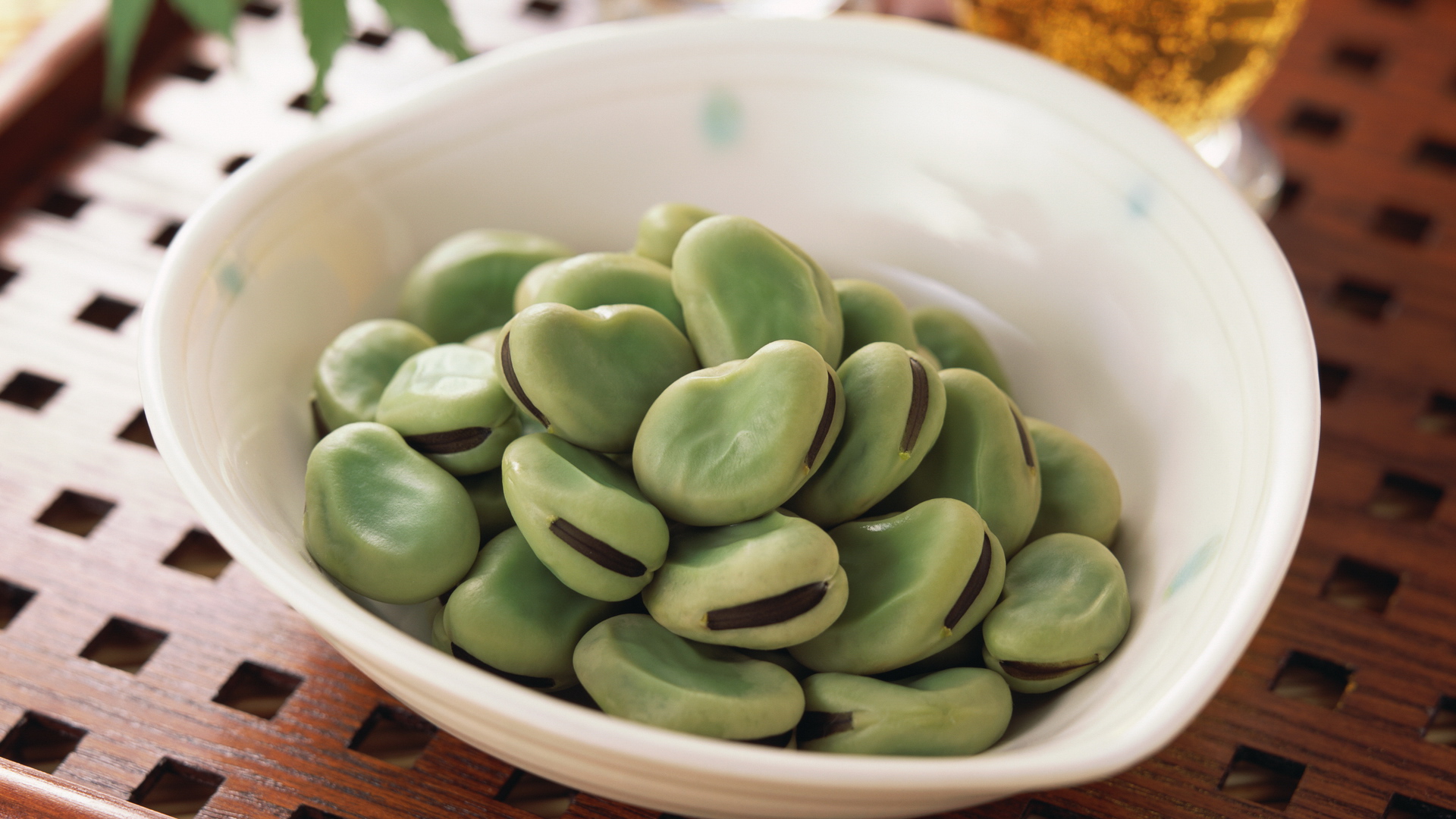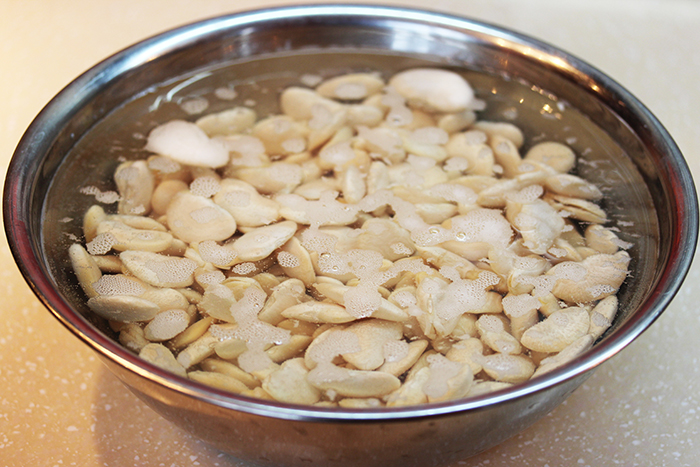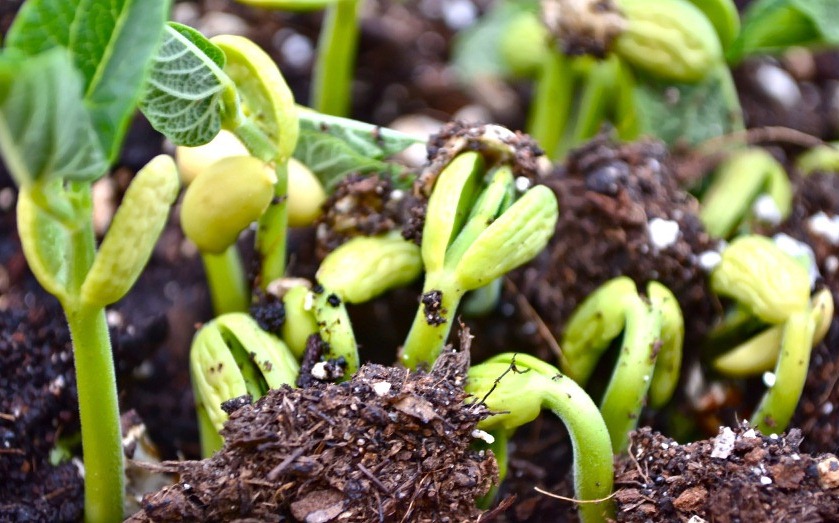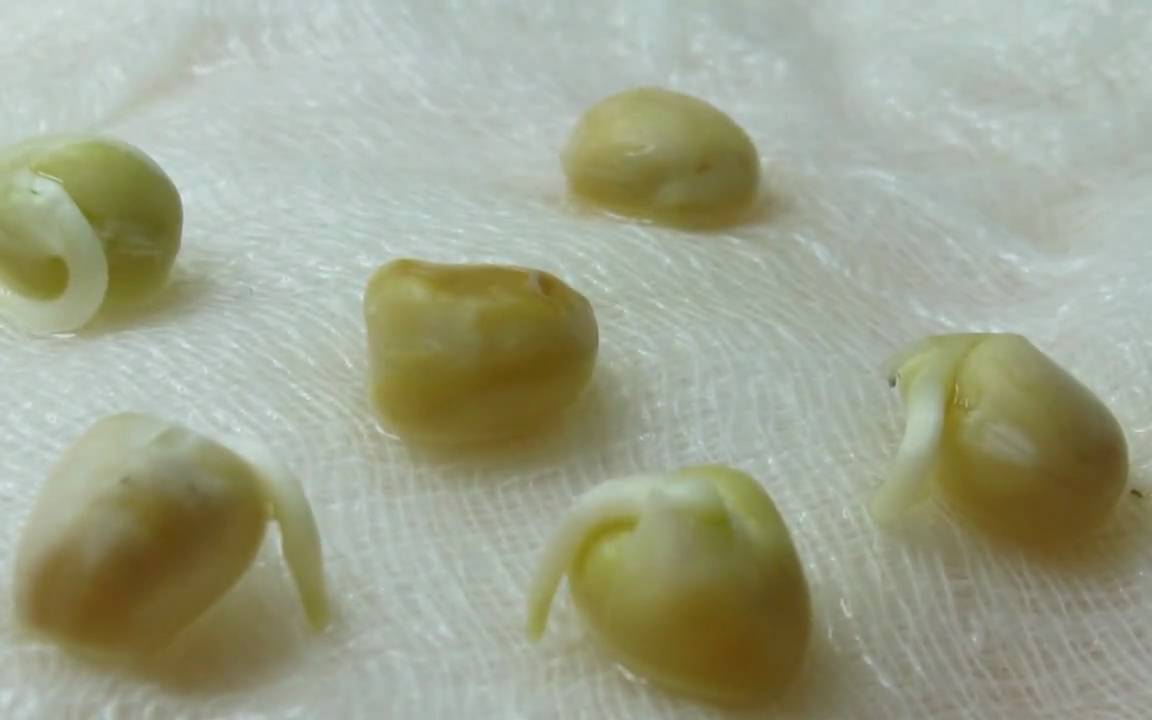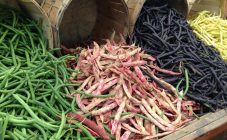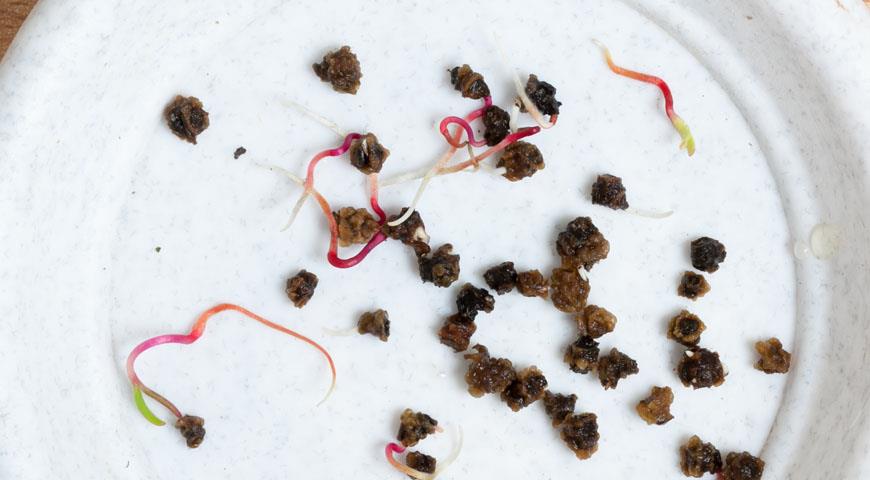Content:
Beans are one of the most ancient representatives of the vegetable world. Cultivation began in Russia in the 6-7th century. Legumes are an annual herb with a powerful root system that can go up to 1.5 meters deep. The root system is inhabited by microorganisms that form nitrogen in the course of their life. Thanks to this amazing property, legumes are able to restore soil fertility and are excellent precursors for many crops. The plant stem is capable of reaching a height of 1.8 meters. Beans are pollinated by insects.
Acceptable conditions for growing beans
Legumes are unpretentious in care, but you still need to look after them. Especially if you want to grow a really good harvest. The garden culture is not demanding on climatic conditions, the seeds are able to germinate at a temperature of +3 degrees, and the seedlings can withstand a drop in temperature to -4 degrees. Due to this advantageous feature, legumes are actively cultivated in almost all regions of our country.
- Choice of land. The optimal site in the country is a hill without darkening, where the snow melts at the earliest. The culture loves soils that are capable of retaining moisture, preferably loamy and clayey soils. But drained peat bogs are also quite suitable. The beans grow effectively on slightly acidic and neutral soils, if mineral and organic fertilizers are applied to them. Legumes cannot be grown in the same place for several years. Good predecessors are potatoes, tomatoes, cabbage, etc.
- Land preparation. Preparation should begin in the fall. It is necessary to dig to a depth of 20-22 cm. At this time, peat compost and rotted manure are introduced into the soil.
- Seed preparation for sowing. Selected viable seeds are used as planting material. It is necessary to calibrate the planting material, remove damaged and non-standard beans. Soaking and germinating the peas is not necessary at all. This is done to speed up the development of culture. You can keep seeds in water for no more than 15 hours. If you neglect this rule, germination will deteriorate sharply.
- Correct planting of seeds. The beans are planted early because the plant is cold hardy. But it is important to make sure that the soil warms up to a temperature of at least +5 degrees. The beans are sown in rows, leaving an interval of at least 0.4 meters between them, as well as in double rows. The interval between crops in one row, as a rule, varies from 12 to 15 cm. Soon after planting, the plants are poured abundantly with water and the soil is tamped a little, be sure to cover it in order to protect the seedlings from attacks of rooks.
- Bean care. Before seedlings form, the soil is loosened with a rake. As it develops, in addition to loosening, hilling is also carried out. After two weeks after sprouting, legumes must be fed. As a top dressing, use 500 ml of mullein, 1 tbsp. urea, diluted in 10 liters of water. Before flowering, the beans do not need frequent watering; during flowering and fruit formation, the frequency of watering should be increased.
Step-by-step instructions: soaking seeds
How to soak beans before planting? Before proceeding with this issue, you need to find out whether you need to soak the beans before planting and for what purpose.
When preparing seedlings, the most difficult thing is to overcome the period between sowing and the first shoots. How should the planting material be soaked, how should the beans be soaked? It is important not only to properly soak the planting material, but also to calibrate, since low-quality seeds will not appear at all or will do it later than the prescribed time.
There are several ways to soak beans for upcoming outdoor planting.
The most common methods are:
- To implement the first method, you will need an ordinary plastic bag and a piece of gauze. The material is abundantly moistened with warm water, after which the selected high-quality seeds are carefully laid out on one side. The seed is covered with a free edge of the cloth, after which everything is placed in a bag. The contents of the bag should be stored in a warm place. As a rule, subject to all the rules and temperature conditions, the seeds germinate after a day.
- The second method is almost identical to the first, but instead of a plastic bag, a glass container with a tight-fitting lid is used. Seeds are placed in a richly moistened piece of cloth, after which everything is placed in a jar. Store in a warm room for about 3-4 days. The can must be opened periodically for ventilation.
- The third method refers to express methods. In this case, the principle is slightly different and is due to the speed of the procedure. Calibrated seeds are placed in a piece of cloth and put into good quality vodka. 10-15 minutes is enough. After the seed has dried thoroughly, it can be planted immediately.
Detailed instructions for soaking seeds
If the above methods are not to your liking, you can turn to an alternative. In this case, it is recommended to use plates or wide saucers. The water or special biological solution used must be prepared in advance. The easiest way is to soak with ordinary gauze. Place one half of the material on a plate, carefully spread the seed in one layer on top. Cover the seeds with the other half of the gauze and cover with liquid.
Actually, that's all. Soaking the seed does not require special skills or experience; even a novice summer resident can cope with the task at hand. It is recommended to keep the container with soaked seeds in a dark and warm place, the ambient temperature should not fall below +20 degrees. To achieve the desired effect as soon as possible, the containers should be covered with glass or use an ordinary plastic bag to create a greenhouse effect. The seeds will need about a day to swell.
What seeds are soaked for quick germination
Many agronomists are in constant search of a special solution that stimulates the process of seed germination. First of all, you need to pay attention to the quality of the water used. It is recommended to use thawed or rainwater, settled tap water. To achieve the desired result as soon as possible, summer residents use biologically active components. Biostimulants are absolutely harmless and effective. Such combinations of substances not only stimulate the growth of the seed, but also strengthen it, allowing you to grow a strong and healthy crop.
Perhaps one of the most common dietary supplements is Epin. The unique combination of substances stimulates the protective functions of legume seeds against unfavorable environmental factors. In addition, the "stress resistance" of seeds increases in relation to fungal, infectious and viral diseases.
Legumes are a unique combination of beneficial properties and excellent taste. They are unpretentious in care, but still, in the process of their growth and development, they require compliance with the rules of agricultural technology. The preparation of planting material is a beginner and the most important aspect, therefore, it should be treated with full responsibility. In addition to germinating seeds, you should pay attention to their disinfection, this will reduce the likelihood of developing various diseases.
